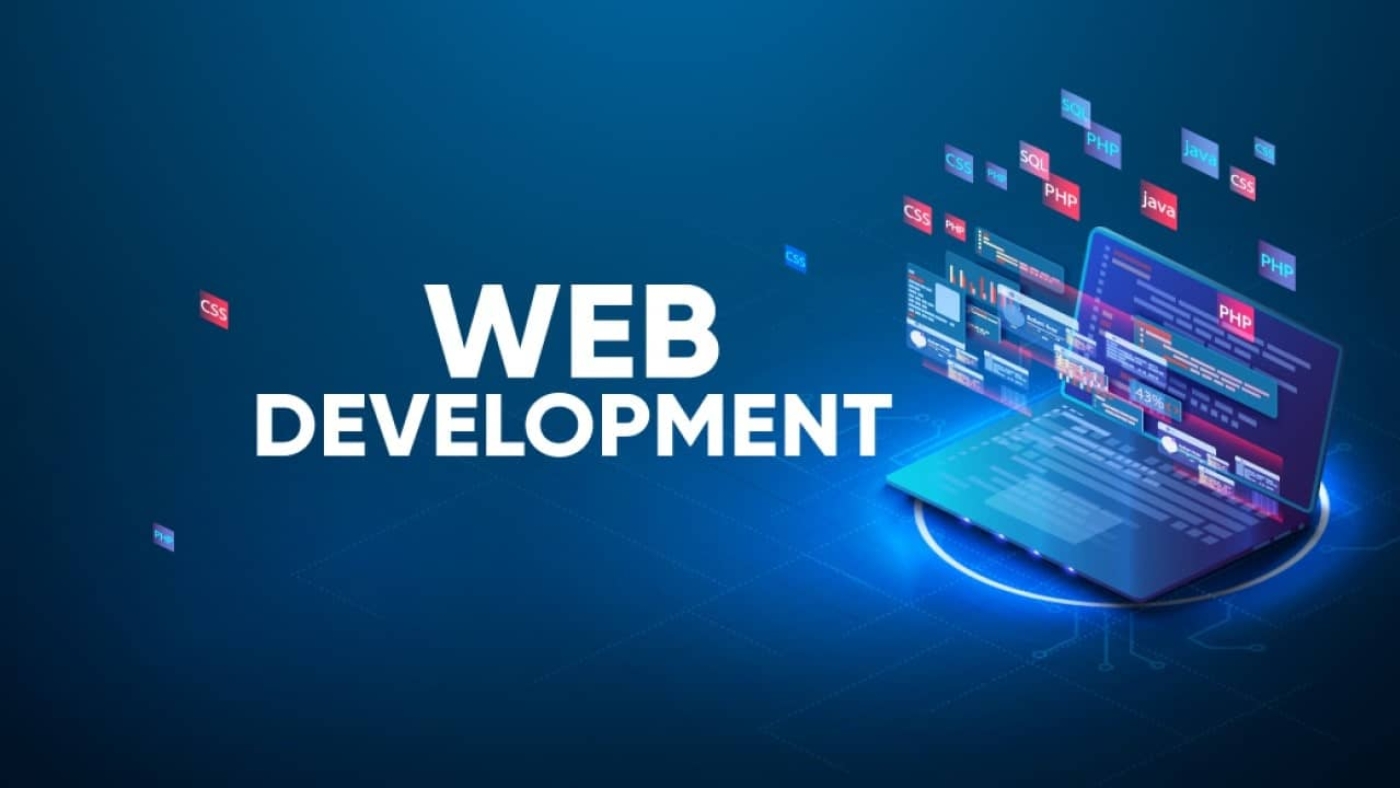Estimated Reading Time: 6 minutes
💬 Introduction
Starting your web development journey can be exciting — you’re finally building things that live on the internet! But like every craft, there’s a learning curve. Many beginners rush through the basics, pick the wrong tools, or overlook important best practices.
In this post, we’ll go over 10 common mistakes new developers make and how to avoid them, so you can build cleaner, faster, and more professional websites from day one.
1️⃣ Skipping the Basics of HTML, CSS, and JavaScript
Many beginners jump straight into frameworks like React or Vue without truly understanding core web technologies.
Why it’s a problem: You’ll struggle to debug issues or understand what’s happening “under the hood.”
Fix: Spend time learning pure HTML, CSS, and JavaScript. Build small projects like a portfolio page or a to-do app without frameworks first.
2️⃣ Not Making Websites Responsive
Your site might look great on desktop but broken on mobile.
Why it’s a problem: Over 60% of web traffic comes from mobile devices.
Fix: Learn CSS Flexbox, Grid, and media queries. Always test your designs on multiple screen sizes using your browser’s developer tools.
3️⃣ Ignoring Accessibility (a11y)
Accessibility isn’t optional — it’s essential.
Why it’s a problem: People with disabilities may not be able to use your site.
Fix: Use semantic HTML (e.g., <header>, <nav>, <main>), add alt text to images, and ensure color contrast meets accessibility standards.
4️⃣ Using Too Many Libraries or Frameworks
It’s tempting to install every cool library you find on GitHub.
Why it’s a problem: It makes your project heavy, hard to maintain, and sometimes confusing.
Fix: Stick with only what you need. Start small, and learn to write vanilla solutions before relying on external packages.
5️⃣ Poor File and Folder Structure
Messy folders make your project difficult to navigate.
Why it’s a problem: Confusion grows as your project scales.
Fix: Organize files logically — separate components, styles, and assets. Name files clearly (e.g., navbar.js, app.css, home.html).
6️⃣ Not Testing Your Code
Beginners often skip testing entirely.
Why it’s a problem: Small bugs go unnoticed until users complain.
Fix: Learn the basics of debugging using browser dev tools. Later, explore testing frameworks like Jest or Cypress.
7️⃣ Neglecting Performance Optimization
Heavy images, unused CSS, and too many scripts slow down websites.
Why it’s a problem: Slow sites lose visitors and rank lower on Google.
Fix: Compress images, minify CSS/JS, and use lazy loading for media.
8️⃣ Not Learning Version Control (Git)
Many beginners don’t use Git until they join a team.
Why it’s a problem: You can lose progress or struggle to collaborate.
Fix: Learn Git basics — commit regularly, use branches, and host projects on GitHub or GitLab.
9️⃣ Building Without a Plan or Design
Jumping into coding without structure leads to messy results.
Why it’s a problem: You waste time redoing things and lose focus.
Fix: Sketch a layout or wireframe before coding. Tools like Figma or even pen and paper work fine.
🔟 Giving Up Too Soon
Learning web development takes patience.
Why it’s a problem: Many people quit right before things start making sense.
Fix: Be consistent. Build small projects, learn from mistakes, and celebrate progress. Every great developer once felt lost too.
✅ Conclusion
Web development is a journey — not a race. Everyone makes mistakes, but what separates good developers from great ones is the ability to learn, adapt, and improve.
Keep experimenting, keep building, and remember: every bug you fix makes you a better coder. 💪
If you found this post helpful, share it with other beginners — or leave a comment about the mistake you’ve learned from the most.


Add a Comment